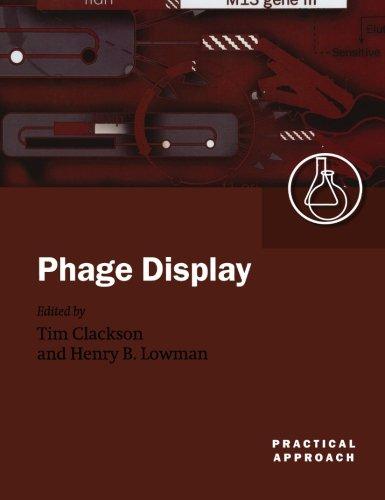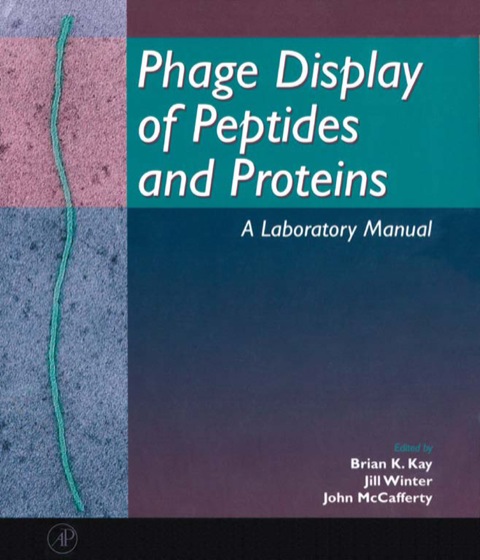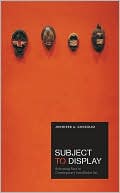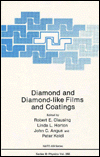Phage Display: A Practical Approach (Practical Approach Series, 266)
Phage display has become established as a powerful protein engineering method for identifying polypeptides with novel properties, and altering the properties of existing ones. Although the technique is widely used in biological research and drug discovery, it remains technically challenging, and new applications and procedures continue to evolve. Phage Display - A Practical Approach is an up-to-date, comprehensive and integrated experimental guide to the technique, useful for novice and expert alike. The book aims to enable researchers to design and undertake all aspects of a phage display project, from designing an experimental strategy and constructing a library to performing selections and analyzing the results. An introductory chapter provides an overview of phage biology and phage display, including guidelines for planning a successful phage display experiment. Individual chapters provide protocols for constructing libraries using oligonucleotide-directed mutagenesis or DNA recombination, performing binding selections, and analyzing the binding activities of selected phage clones. Separate chapters then cover common applications, including selection of ligands from peptide libraries, generation of phage antibody libraries and isolation and optimization of antibodies, selection of DNA binding proteins, and expression cloning using cDNA display. Further chapters describe alternative selection strategies, such as selection using immune sera, selection based on enzymatic activity or protein stability, and selection in vivo. Protocols and chapters are extensively cross-referenced, allowing readers to move beyond the specific examples given to customize the procedures to their own protein or selection system of interest. Written by experts in the field, Phage Display - A Practical Approach provides a comprehensive guide to the design and execution of phage display projects, for all those using the technique in basic research and drug discovery.
Doody Review Services
Reviewer:Eugene A Davidson, PhD(Georgetown University School of Medicine)
Description:This volume contains a series of articles/protocols covering various aspects of phage display. Practical guidance is provided along with a general introduction to the field.
Purpose:The goal of this book is to offer sufficient information about phage display to allow investigators with no prior experience to implement the technique. Given the versatility of the approach, this is a useful contribution. Laboratories wishing to implement these methods will find valuable material.
Audience:Although the introductory material can be assimilated by students and research fellows, the primary audience for this book is the investigator wishing to explore the use of phage display. The contributing authors have considerable background in the field.
Features:Phage display was first described about twenty years ago and was an early example of combinatorial bioscience. As the applications of this technology have evolved, new uses are appearing in diverse areas - sequences responsible for binding events, substrate selection for enzymes, protein engineering and development of sensors. This volume provides a series of protocols that well illustrate the breadth of the process. An initial introductory chapter offers a brief review of phage display. This is followed by sections on preparation of libraries, selection procedures, screening methods, as well as several chapters that deal with specific applications. Each of the 13 sections has protocols for laboratory use and a directed bibliography. The protocols are sufficiently detailed so as to allow ready use by laboratories not previously familiar with the technology; they are also easily employed by students. Thus, investigators wishing to explore this method will find much of value. As with many protocol-directed monographs, serious discussion of shortcomings is not available. Likewise, no comparison of this method with other combinatorial strategies is provided. Nevertheless, most of the questions an investigator would pose regarding the utility of phage display can only be answered experimentally; this is a good place to begin.
Assessment:This is a useful volume for any laboratory interested in phage display as well as those who may not be fully aware of the potential of the approach. There are many monographs of this general type (how to books). The broad utility of phage display makes this an attractive addition to the genre.
Biology - Microbiology, Biology - Bacteriology, Biology - Biotechnology, Biotechnology & Bioengineering, Microbiology
| Name in long format: | Phage Display: A Practical Approach (Practical Approach Series, 266) |
|---|---|
| ISBN-10: | 019963873X |
| ISBN-13: | 9780199638734 |
| Book pages: | 360 |
| Book language: | en |
| Edition: | 1 |
| Binding: | Paperback |
| Publisher: | Oxford University Press |
| Dimensions: | Height: 7.4 Inches, Length: 9.6 Inches, Weight: 1.5763051733 Pounds, Width: 0.8 Inches |







